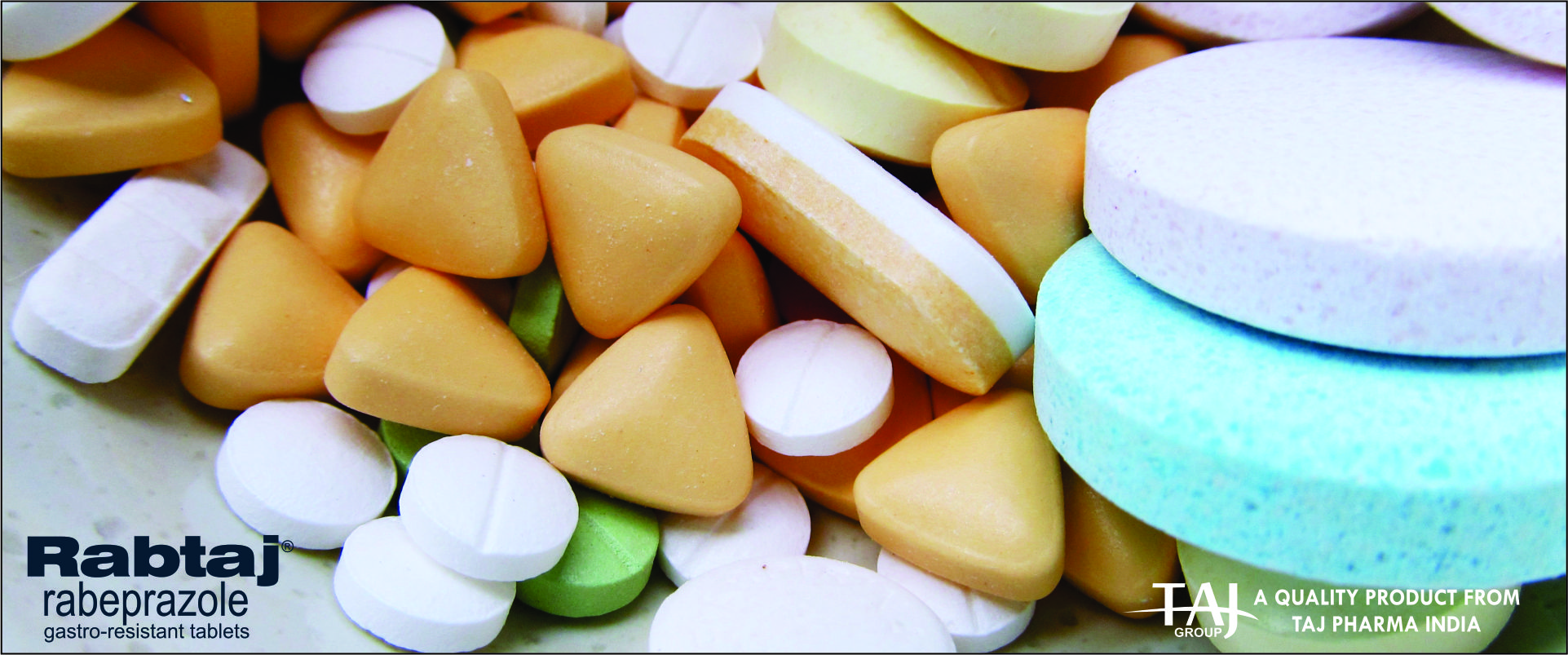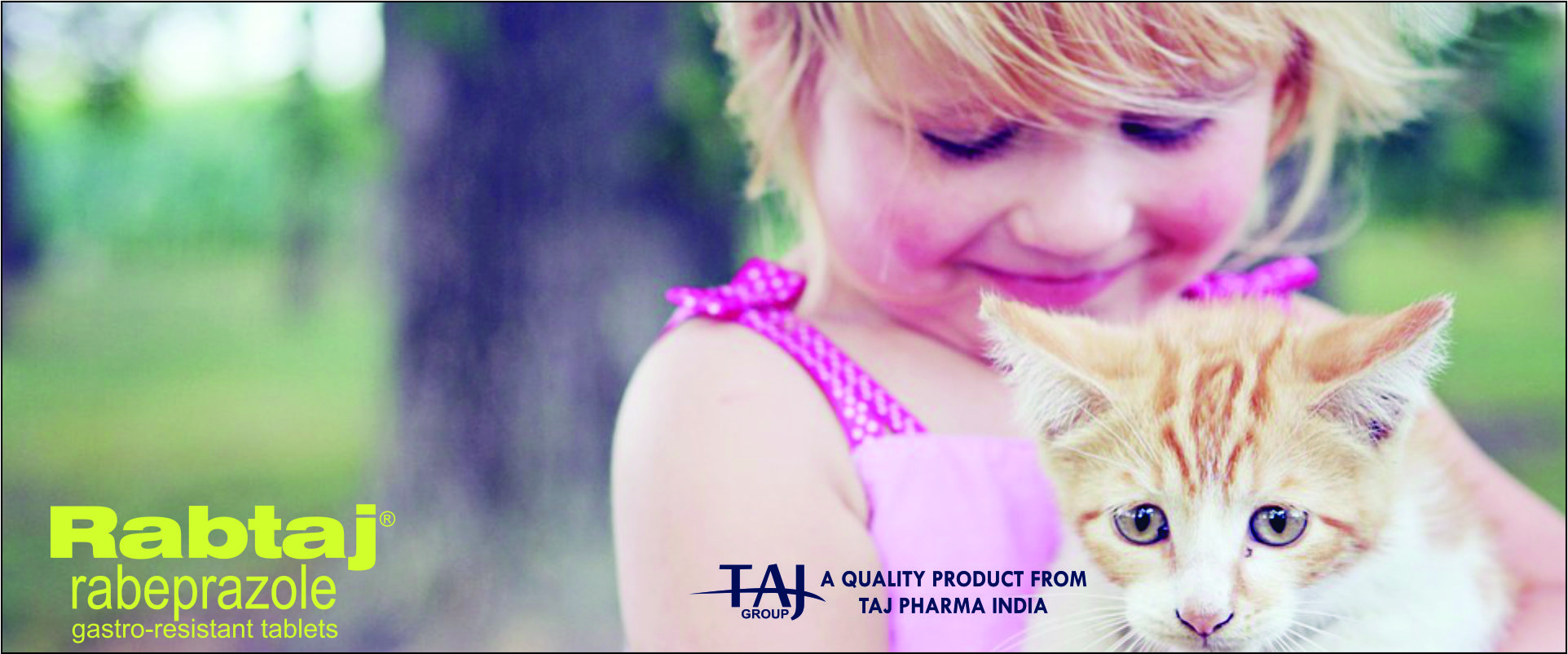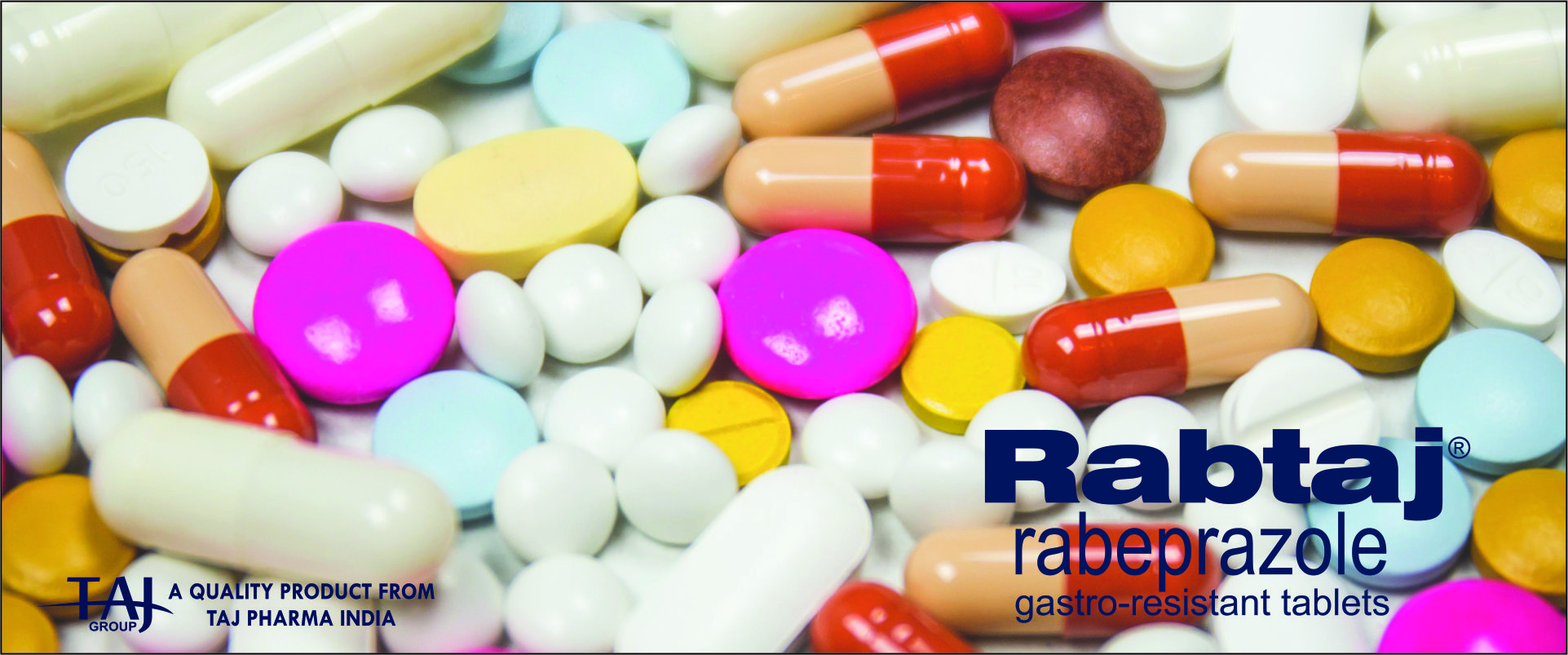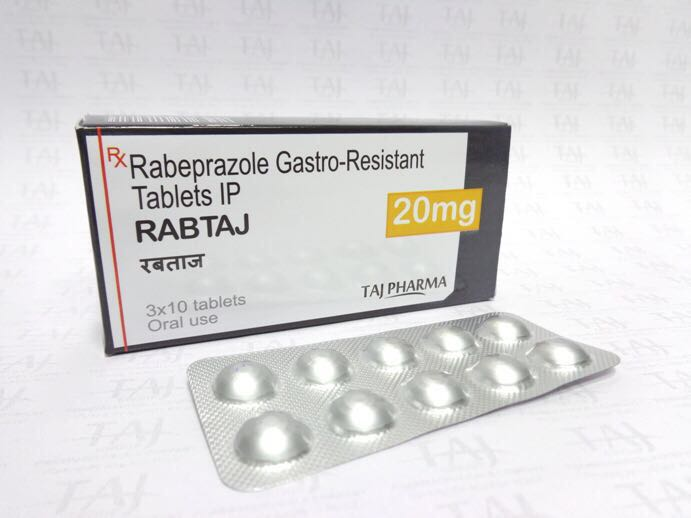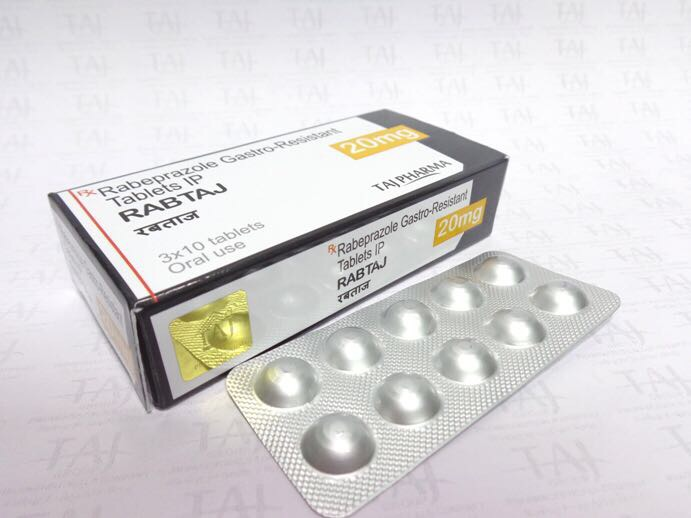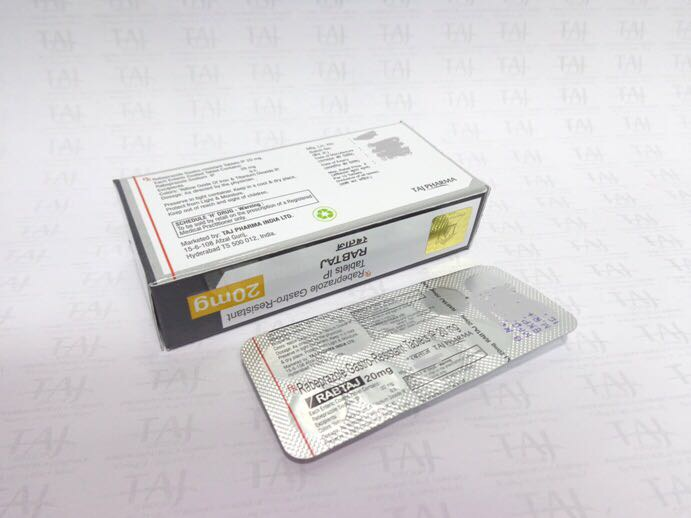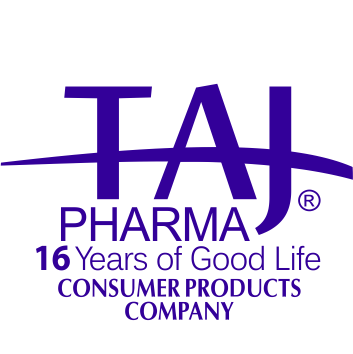Dosage & indications
• For the symptomatic treatment of non-erosive gastroesophageal reflux disease (GERD).
• Oral dosage (delayed-release tablets)
• Adults
20 mg PO once daily for 4 weeks; if symptoms do not completely resolve after 4 weeks, consider an additional course of treatment. Per treatment guidelines, initiate empiric therapy based on a presumptive diagnosis of GERD in the setting of typical symptoms of heartburn and regurgitation. For patients with partial response to once daily therapy, consider rabeprazole 20 mg PO twice daily or consider a one-time switch to a different PPI. Refer non-responders for further evaluation. Consider maintenance therapy for patients who continue to have symptoms after PPI discontinuation; the lowest effective dose, including on demand or intermittent therapy, should be used with regular assessment of the need for continued PPI therapy. Alternatively, step down maintenance therapy to an H2 blocker is acceptable
• Children and Adolescents 12 to 17 years
20 mg PO once daily for 8 weeks.
• Oral dosage (delayed-release sprinkle capsules)
• Children 1 to 11 years weighing 15 kg or more
10 mg PO once daily for 12 weeks. A maximum dose of 20 mg PO once daily was used in patients weighing 15 kg or more in a randomized, double-blind study (n = 127, age 1 to 11 years); however the rate of endoscopic/histologic healing was similar in patients receiving the 20 mg dose compared to those receiving the 10 mg dose (78% vs. 76%) and the rate of adverse reactions (vomiting and abdominal pain) thought to be related to rabeprazole was higher in those receiving 20 mg.
• Children 1 to 11 years weighing less than 15 kg
5 mg PO once daily for 12 weeks, with the option to increase to 10 mg/day if inadequate response.
• For the treatment of erosive esophagitis (erosive GERD).
• Oral dosage (delayed-release tablets)
• Adults
20 mg PO once daily for 4 to 8 weeks; if the patient does not heal after 8 weeks, consider an additional 8-week course. A higher dose of 40 mg PO per day has been effective in pre-clinical trials of acid peptic diseases including GERD, but was not significantly more effective than 20 mg/day. For severe reflux with ulceration and/or stricture formation, a higher dose regimen of a proton pump inhibitor (e.g., 40 mg/day of rabeprazole) may yield better healing rates. For maintenance of healing, 20 mg PO once daily; periodically reassess need for continued PPI therapy.
• For the healing of duodenal ulcer.
• Oral dosage
• Adults
20 mg PO once daily in the morning for up to 4 weeks. Most patients heal within 4 weeks of rabeprazole therapy; however, some patients require additional therapy.
• For the treatment of pathological hypersecretory conditions including Zollinger-Ellison syndrome.
• Oral dosage
• Adults
Initially, 60 mg PO once daily. Dosage requirements vary and should be continued as clinically indicated. Some patients may require divided doses. Doses up to 100 mg PO once daily or 60 mg PO twice daily have been administered. Patients with Zollinger-Ellison syndrome have been treated continuously for up to one year.
• For Helicobacter pylori (H. pylori) eradication.
• As part of initial clarithromycin-based therapy in adults without previous macrolide exposure in regions where clarithromycin resistance is less than 15%.
• Oral dosage
• Adults
20 or 40 mg PO twice daily in combination with clarithromycin and either amoxicillin or metronidazole for 14 days.
• As part of initial clarithromycin-based therapy in adults with or without potential macrolide exposure or resistance.
• Oral dosage
• Adults
20 mg PO twice daily as part of a combination therapy as a first-line treatment option. Quadruple therapy includes a proton pump inhibitor (PPI) in combination with clarithromycin, amoxicillin, and metronidazole for 10 to 14 days. Hybrid therapy includes amoxicillin plus PPI for 7 days followed by PPI in combination with clarithromycin, amoxicillin, and metronidazole for 7 days. Sequential therapy includes PPI and amoxicillin for 5 to 7 days followed by PPI in combination with clarithromycin and metronidazole for 5 to 7 days.
• As part of clarithromycin-based salvage therapy in adults who failed initial bismuth quadruple therapy.
• Oral dosage
• Adults
20 mg PO twice daily in combination with clarithromycin, amoxicillin, and metronidazole for 10 to 14 days. For patients with a penicillin allergy, a PPI is recommended in combination with clarithromycin and metronidazole for 14 days.
• As part of levofloxacin-based initial therapy in adults.
• Oral dosage
• Adults
20 or 40 mg PO twice daily as part of combination therapy as a first-line treatment option. Triple therapy includes rabeprazole 20 mg PO twice daily in combination with levofloxacin and amoxicillin for 10 to 14 days. Sequential therapy includes rabeprazole 20 or 40 mg PO twice daily in combination with amoxicillin for 5 to 7 days followed by rabeprazole 20 mg PO twice daily in combination with levofloxacin and a nitroimidazole for 5 to 7 days. Quadruple therapy includes rabeprazole 40 mg PO once daily in combination with levofloxacin, nitazoxanide, and doxycycline for 7 to 10 days.
• In combination with amoxicillin and metronidazole in pediatric patients.
• Oral dosage
• Children and Adolescents
1.5 to 2.5 mg/kg/day PO divided twice daily (Max: 20 mg/dose) in combination with amoxicillin and metronidazole for 14 days. Triple therapy with standard-dose amoxicillin, metronidazole, and a proton pump inhibitor (PPI) is a first-line treatment option for patients infected with H. pylori strains with known susceptibility to metronidazole and resistance to clarithromycin. Triple therapy with high-dose amoxicillin, metronidazole, and a PPI is a first-line treatment option for patients infected with H. pylori strains with dual resistance to clarithromycin and metronidazole or strains with unknown susceptibility.
• In combination with amoxicillin and clarithromycin in pediatric patients.
• Oral dosage
• Children and Adolescents
1.5 to 2.5 mg/kg/day PO divided twice daily (Max: 20 mg/dose) in combination with amoxicillin and clarithromycin for 14 days. Triple therapy with standard-dose amoxicillin, clarithromycin, and a proton pump inhibitor is a first-line treatment option for patients infected with fully susceptible H. pylori strains or strains susceptible to clarithromycin but resistant to metronidazole. In cases of penicillin allergy, use metronidazole in place of amoxicillin for patients infected with fully susceptible strains.
• As part of a sequential therapy regimen in pediatric patients.
• Oral dosage
• Children and Adolescents
1.5 to 2.5 mg/kg/day PO divided twice daily (Max: 20 mg/dose) for 10 days. Use in combination with amoxicillin for days 1 through 5, and then clarithromycin and metronidazole for days 6 through 10. Sequential therapy is a first-line treatment option for patients infected with fully susceptible H. pylori strains. Sequential therapy is not recommended if susceptibility testing is unavailable.
• As part of a quadruple therapy regimen in pediatric patients.
• Oral dosage
• Children and Adolescents
1.5 to 2.5 mg/kg/day PO divided twice daily (Max: 20 mg/dose) in combination with amoxicillin, metronidazole, and clarithromycin for 14 days. Concomitant quadruple therapy with amoxicillin, metronidazole, clarithromycin, and a proton pump inhibitor is a first-line treatment option for patients infected with H. pylori strains with dual resistance to clarithromycin and metronidazole or strains with unknown susceptibility.
• As part of levofloxacin-based salvage therapy in adults.
• Oral dosage
• Adults
20 mg PO twice daily in combination with levofloxacin and amoxicillin for 14 days. Guidelines recommend this triple therapy in patients who have failed clarithromycin-triple or bismuth-quadruple initial therapies and without previous quinolone exposure. Levofloxacin in combination with metronidazole and a PPI for 14 days could be considered for patients with a penicillin allergy who have failed prior bismuth quadruple therapy.
• As part of bismuth-based initial therapy in adults.
• Oral dosage
• Adults
20 mg PO twice daily in combination with bismuth subcitrate or subsalicylate, metronidazole, and tetracycline for 10 to 14 days is recommended as a first-line treatment option, particularly in patients with any previous macrolide exposure or a penicillin allergy.
• As part of rifabutin-based salvage therapy in adults.
• Oral dosage
• Adults
20 mg PO twice daily in combination with rifabutin and amoxicillin for 10 days.
• As part of high-dose dual salvage therapy in adults.
• Oral dosage
• Adults
20 or 40 mg PO 3 or 4 times daily in combination with high-dose amoxicillin for 14 days. A high-dose proton pump inhibitor in combination with metronidazole may be considered in patients with prior quinolone exposure and a penicillin allergy who have failed initial bismuth quadruple therapy.
• As part of bismuth-based quadruple salvage therapy in adults.
• Oral dosage
• Adults
20 mg PO twice daily in combination with bismuth subcitrate or subsalicylate, tetracycline, and metronidazole for 14 days is recommended particularly in patients failing clarithromycin triple therapy. A subsequent repeat course of bismuth quadruple therapy may be considered after failed prior bismuth quadruple therapy.
• For the short-term treatment of frequent dyspepsia† or pyrosis (heartburn) that occurs >= 2 times per week.
• Oral dosage
• Adults
20 mg PO once daily for up to 14 days. Full relief may take 1—4 days. Reassess if heartburn returns after the 14-day treatment regimen.
• For the healing of gastric ulcer.
• Oral dosage
• Adults
20 mg PO once daily in the morning for 3 to 6 weeks. Healing of gastric ulcers with proton pump inhibitors generally takes longer than duodenal ulcers and may require 4 to 8 weeks of therapy.
• For the treatment of proton-pump inhibitor-responsive esophageal eosinophilia (PPI-REE) in the differential diagnosis of eosinophilic esophagitis (EoE).
• Oral dosage
• Adults
PPI dosing in the range of 20—40 mg PO twice daily 30—60 minutes before meals has been studied; treat for up to 8 weeks and continue until the time of the follow-up endoscopy and biopsy. According to guidelines, a PPI trial is central to the differential diagnosis of EoE. If eosinophilia and symptoms persist on repeat endoscopy and biopsy following a PPI trial, then EoE can be formally diagnosed. If symptoms and eosinophilia resolve, then PPI-REE is diagnosed; PPI-REE patients may or may not have underlying GERD. More than 1/3 of all patients with esophageal eosinophilia on biopsy will respond to a PPI.
• Indicates off-label use
Click here for Download pdf of patient informationClick here for Download pdf of prescribing information
